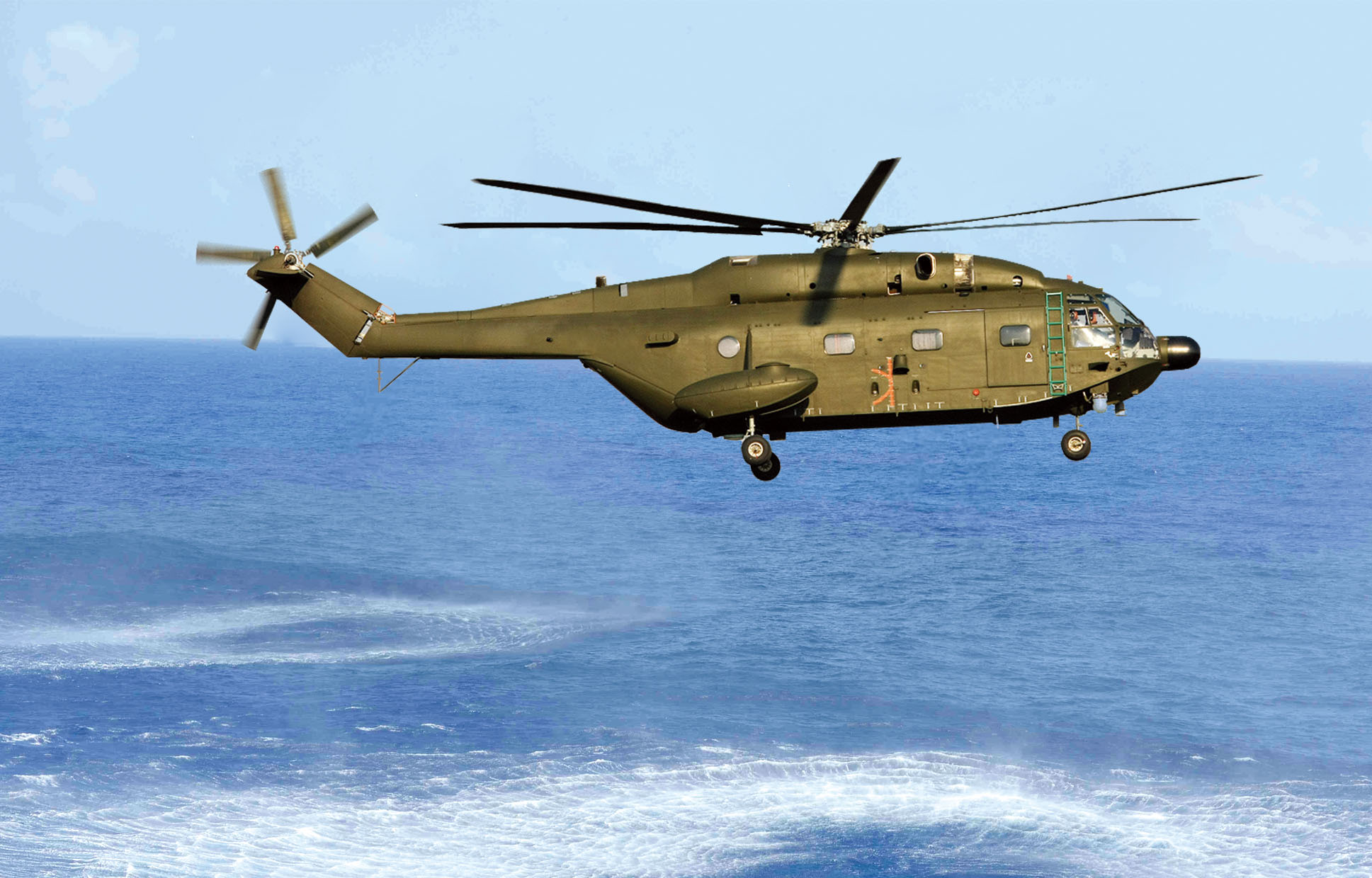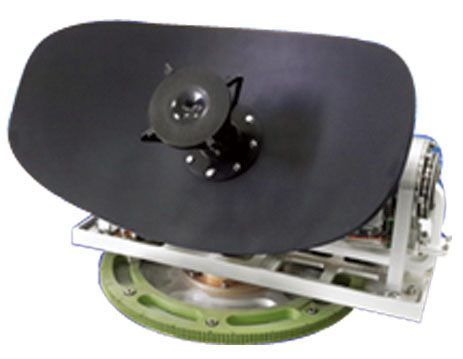Airborne Satellite Communication System
Product profile and purpose
The airborne satellite communication system uses software radio technology of completely independent intellectual property right, and can support networking modes such as SCPC/FDMA and CDMA, etc. It is characterized by low operating threshold, fast synchronization, high transmission efficiency, and high-speed burst. In addition to being applied in satellite communication of helicopters, it is also applicable to special application environments such as rotary-wing unmanned aerial vehicle, and fixed-wing aircraft, etc. Communication terminal is highly integrated, and has a variety of encryptor interface.

Application diagram
Main technical parameters
Modulation mode | BPSK, QPSK, 8PSK |
FEC | Turbo or LDPC |
Symbol rate | Adjustable within 96Ksps-10Msps |
Burst synchronization | ≤ 32 symbols |
Demodulation threshold | Continuous mode: 1.5dB, Burst mode: 2dB@ Bit error rate: 10E-6 |
Video interface (optional) | PAL Composite video or SDI interface |
Video compression format | H.265 |
Audio interface (optional) | Analog audio, 2.4K/8K encoding |
Data interface | Gigabit Ethernet (GbE), RS422 interface |
Operating temperature | -40℃ ~ +55℃ |
Main characteristics
● Completely independent intellectual property right: It is safe and reliable. All design and engineering implementations are independently developed. It adopts software radio technology, grasps all technological details, and can make adaptive changes to the application.
● Low operating threshold: It is around 2dB lower than that of domestic competitors. There is a strict requirement for volume and weight of airborne satellite communication antenna, and low threshold can be used to reduce the power amplifier or the antenna aperture. Under the same condition, the lower the demodulation threshold, the more link margin, and the greater reliability, that is, in remote areas with poor satellite coverage, the system is of greater availability; or higher data rate of transmission, and greater channel capacity.
● Burst emission: It only emits signal in rotor-wing gap, and the rotor-wing gap does not reflect the signal. For domestic product with continuous emission of signal, when the rotor-wing is shielded, the signal will cause damage to the body, and will also have electromagnetic interference (EMI) with the on-board equipment, thus influencing the flight safety.
● High utilization rate of frequency spectrum: Roll-off factor of the filter is 0.15, which is 0.4 or 0.5 for other domestic products, therefore, it can save the satellite resource.
● Low density of power spectrum: Low threshold means low transmit power, and low density of power spectrum. It can also further reduce density of power spectrum by spread spectrum (SPSP), so as to prevent adjacent satellite interference, and increase availability of the system.
● High level of integration: Multiple functions are integrated in one circuit board, which can effectively reduce the volume and weight. It can support simultaneous transmission of dual-channel video, voice and data.

Tracking antenna

Communication terminal